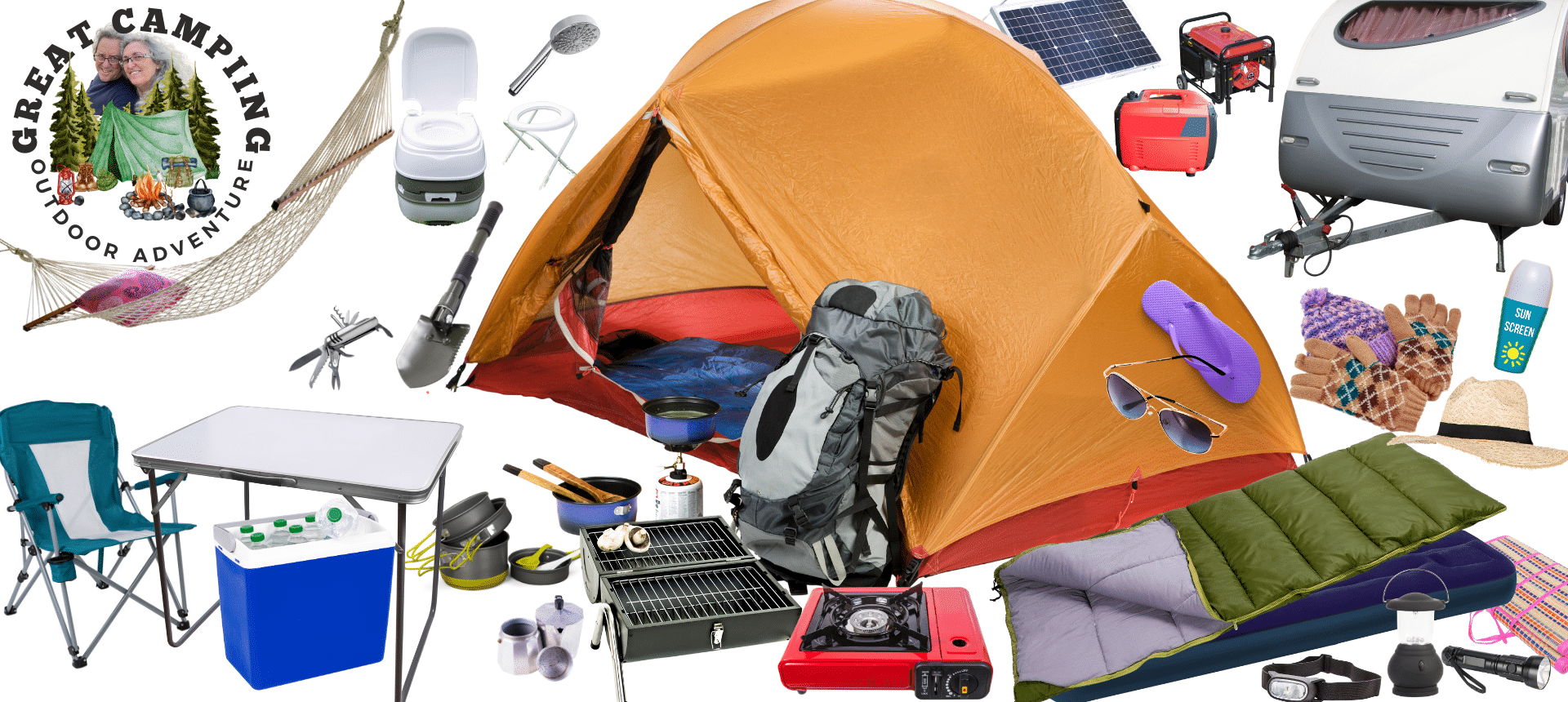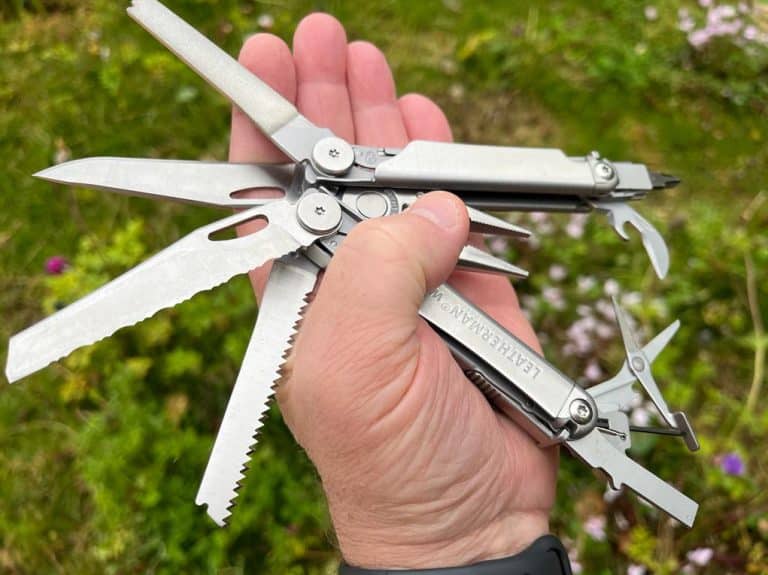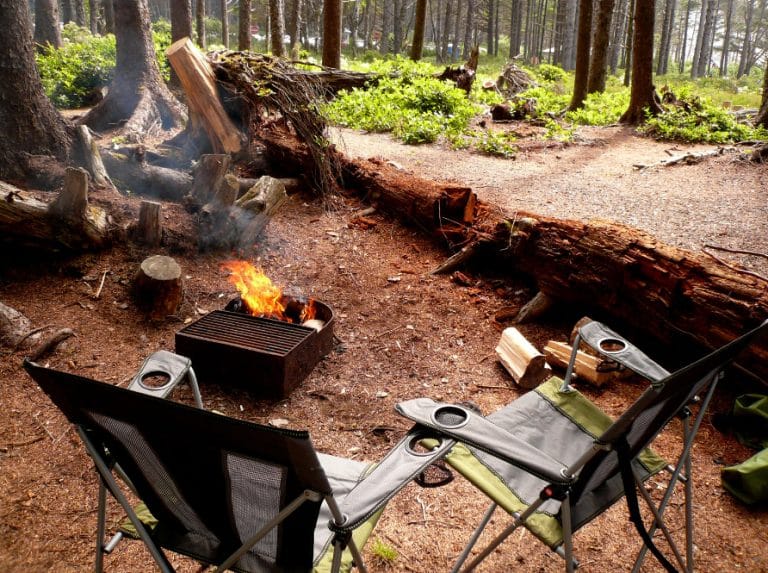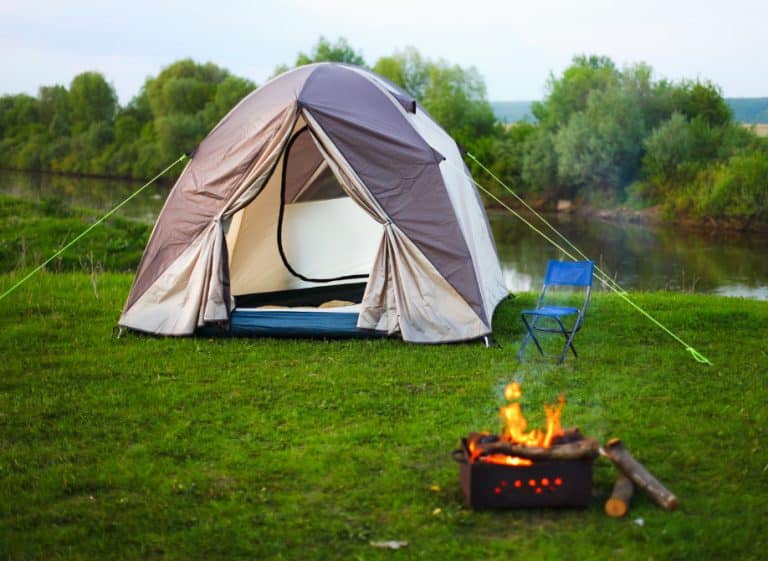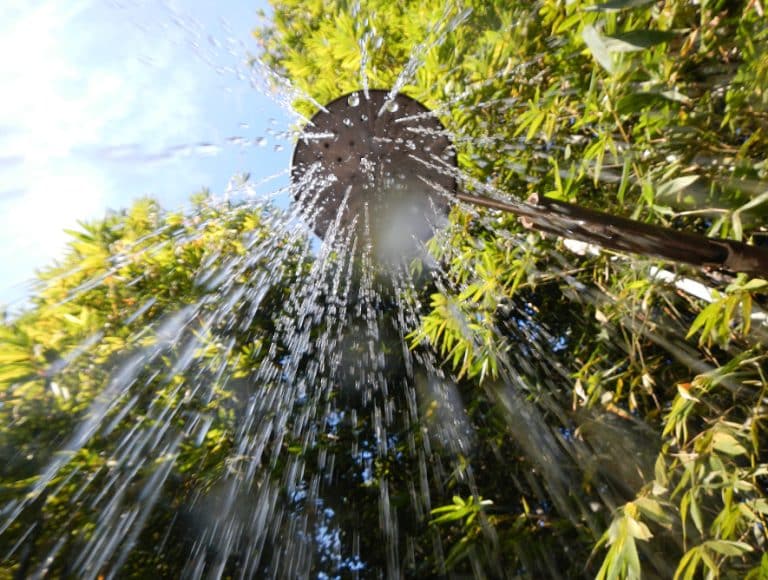Camping is a great way to unwind and reconnect with nature, but the lack of proper sanitation facilities can be a major inconvenience. Portable toilets provide a comfortable and hygienic solution for campers, allowing them to enjoy the great outdoors without sacrificing their personal needs. This comprehensive guide will cover various types of camping portable toilets, their features, maintenance, and tips for choosing the right one for your next adventure.
Protect The Environment
Outdoor bathroom etiquette is incredibly important to consider if you’re planning on spending any time outdoors. We may be gone, but our waste is not, which means that if we don’t properly dispose of our waste, it can severely impact the environment around us. The Leave No Trace principles of outdoor activity strive to minimize the human impact on nature, and this applies to bathroom etiquette as well.
The primary rule for proper outdoor bathroom etiquette is to dig a hole at least 6 inches deep before doing your business. For those who have never camped before, some basics include; making sure you are far enough away from water sources, using natural ground cover (like leaves) instead of toilet paper whenever possible, and burying solid human waste while also packing out toilet paper or other disposable items with you when leaving the area. If these instructions are followed correctly, and with consideration, then there will be no significant environmental impact left behind. It’s also important to remember that what goes unseen often gets forgotten, so it’s crucial to pack out all trash and dispose of it correctly so that the environment remains undisturbed for years to come.
Types of Camping Portable Toilets
Bucket-style Toilets
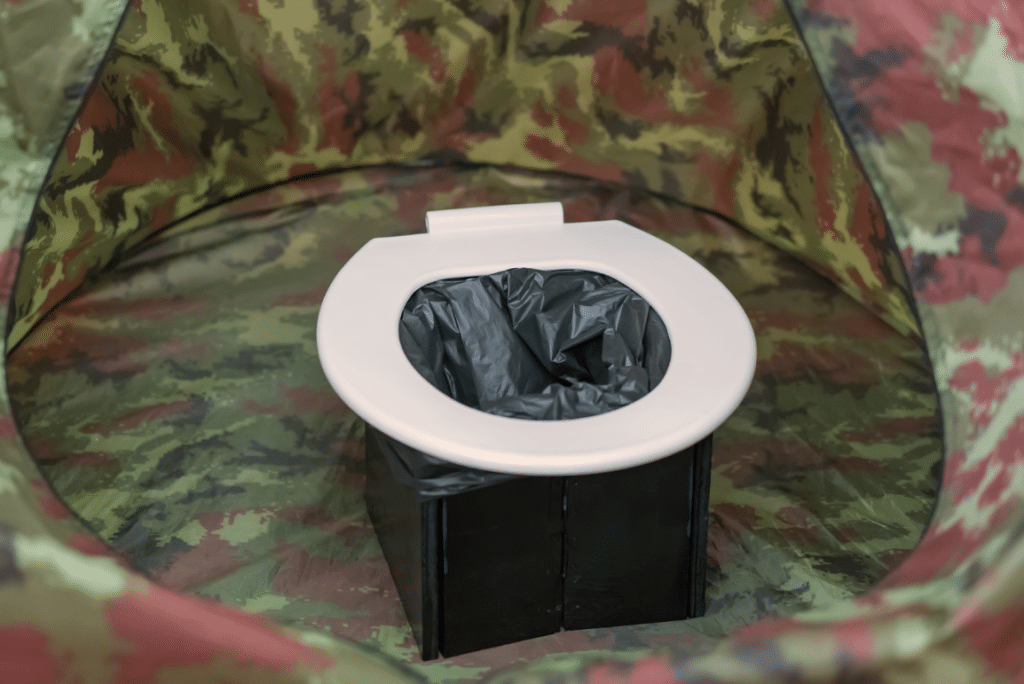
These are the most basic and affordable option, consisting of a large bucket with a toilet seat attached to the top. They are lightweight and easy to transport, but require the use of disposable liners or bags for waste disposal.
Foldable Toilets
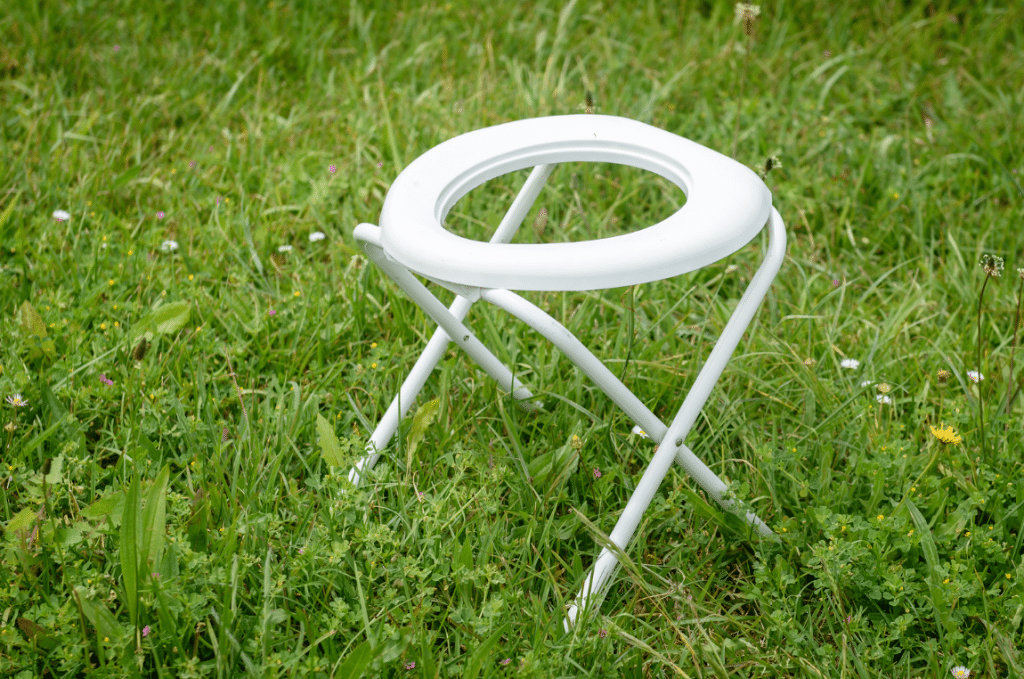
These toilets are lightweight and compact, with a collapsible design that makes them easy to transport and set up. They typically consist of a folding frame with a seat and a waste bag attachment.
Chemical Toilets
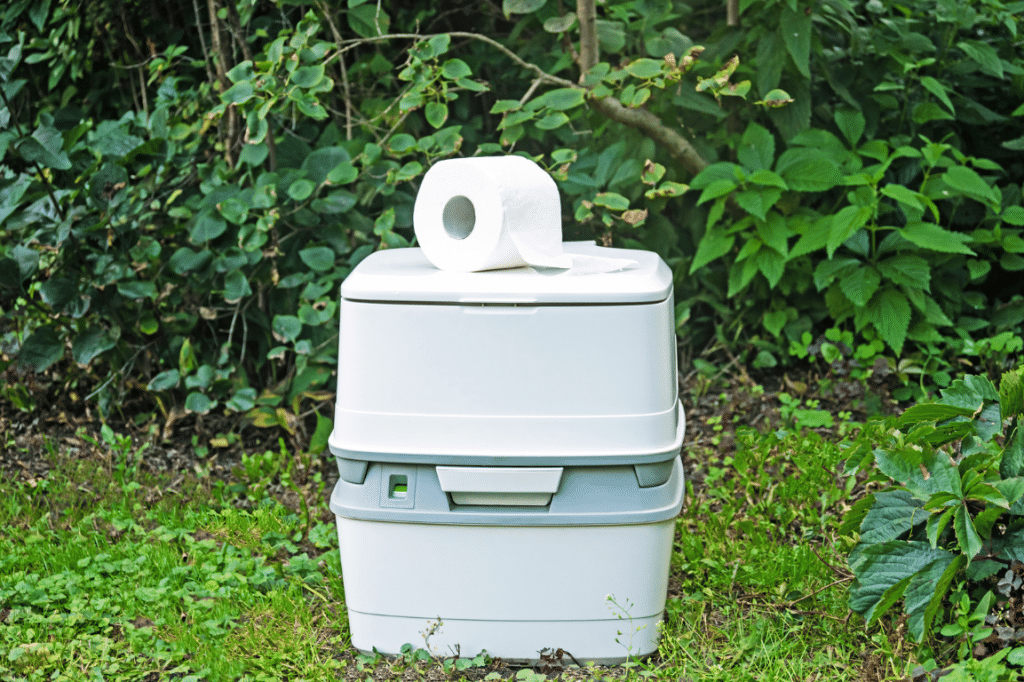
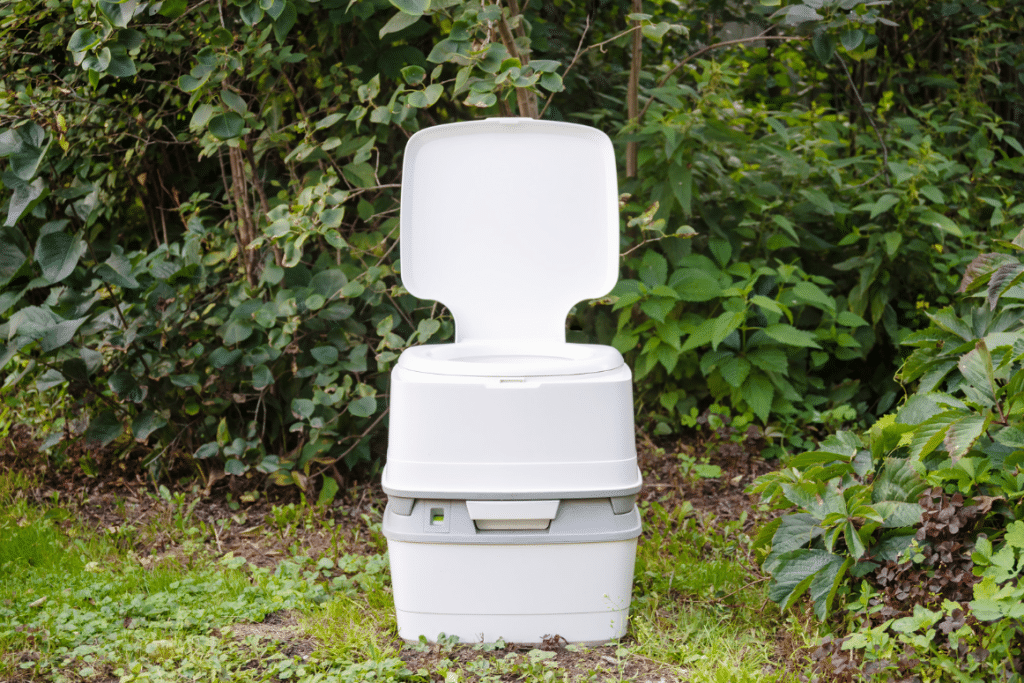
Camping chemical toilets are a popular choice for campers who want a portable, easy-to-use, and low-maintenance solution for their outdoor adventures. These types of toilets use chemicals to break down waste and control odors, providing a more pleasant experience for users.
How Chemical Toilets Work
Chemical toilets consist of two separate compartments: the upper section houses a freshwater tank and a flush mechanism, while the lower section contains a waste holding tank. When you use the toilet, the waste is flushed from the bowl into the holding tank, which contains chemical solutions that break down the waste and neutralize odors.
Types of Chemicals Used
There are two main types of chemicals used in camping chemical toilets: formaldehyde-based and non-formaldehyde-based. Formaldehyde-based chemicals have been widely used in the past due to their effectiveness in breaking down waste and controlling odors. However, they have fallen out of favor in recent years due to environmental concerns. Non-formaldehyde-based chemicals, such as those containing enzymes or bacteria, are considered more eco-friendly and are now the preferred choice for most campers.
Advantages of Chemical Toilets
- Odor control: The chemicals used in these toilets help control odors, providing a more pleasant experience for users and reducing unpleasant smells around the campsite.
- No need for a sewer connection: Chemical toilets don’t require a sewer connection or external plumbing, making them perfect for remote camping locations where facilities may be limited.
- Portability: Most chemical toilets are lightweight and easily transportable, making them ideal for car camping or RV trips.
- Easy maintenance: Chemical toilets require minimal maintenance – just empty the waste holding tank and replace the chemicals as needed.
Disadvantages of Chemical Toilets
- Chemical disposal: Disposing of the chemicals and waste from a chemical toilet must be done responsibly to avoid environmental contamination. Always follow the manufacturer’s instructions and local regulations for proper waste disposal.
- Limited capacity: The waste holding tanks in chemical toilets have a limited capacity, which means you’ll need to empty them regularly, depending on the number of users and the duration of your trip.
- Cost of chemicals: While chemical toilets themselves can be affordable, the cost of the chemicals needed to maintain them can add up over time.
In conclusion, camping chemical toilets are a practical and convenient option for campers who want an easy-to-use and low-maintenance toilet solution. By understanding the advantages and disadvantages of chemical toilets and how to use them responsibly, you can enjoy the benefits of a comfortable and hygienic camping experience.
Features to Consider
- Size and Portability: Choose a portable toilet that is compact and lightweight, making it easy to transport and set up at your campsite.
- Waste Disposal: Consider the ease of waste disposal, as this will affect the overall convenience and cleanliness of your camping experience. Some portable toilets require the use of disposable bags or liners, while others have a built-in waste holding tank that needs to be emptied and cleaned.
- Odor Control: Look for a portable toilet with effective odor control features, such as chemical systems, to ensure a pleasant camping environment.
- Weight Capacity: Choose a toilet that can support the weight of all users, as this will affect its stability and durability.
- Ease of Use: The portable toilet should be easy to set up, use, and clean, with a simple and user-friendly design.
Maintenance and Cleaning
Proper maintenance and cleaning are essential to ensure the longevity and performance of your portable camping toilet. Follow these guidelines to keep your toilet in optimal condition:
- Empty and clean the waste holding tank or replace disposable liners regularly to prevent overflow and unpleasant odors.
- Use the recommended chemical materials for your specific toilet model, as this will ensure effective waste breakdown and odor control.
- Clean the toilet bowl and seat with mild soap and water after each trip, and allow them to air dry before storing.
- Inspect and clean any seals or gaskets to prevent leaks and maintain proper functioning.
- Store your portable toilet in a cool, dry place when not in use to prevent damage from extreme temperatures or moisture.
Tips for Choosing the Right Camping Portable Toilet
- Assess your needs: Consider the size of your camping group, the length of your trip, and the level of comfort and convenience you desire.
- Research different models: Familiarize yourself with the various types of portable toilets and their features to determine which best suits your needs.
- Read reviews: Consult user reviews and expert recommendations to gauge the performance and reliability of different models.
- Determine your budget: Set a realistic budget for your portable toilet, keeping in mind that higher-priced models may offer more features and convenience.
- Test before you buy: If possible, visit a local camping store to see and test different portable toilet models in person. This will give you a better sense of their size, weight, and ease of use.
- Consider accessories: Some portable toilets come with additional accessories, such as privacy tents, toilet paper holders, or carrying cases. These extras can enhance your camping experience and make using your portable toilet more convenient.
- Plan for waste disposal: Ensure you have a plan for disposing of waste properly, whether it’s using biodegradable bags or finding a designated waste disposal site at your camping location. Adhering to Leave No Trace principles is crucial for protecting the environment and maintaining a clean campsite.
Conclusion
Investing in a portable camping toilet can significantly improve the comfort and convenience of your outdoor adventures. By understanding the different types of portable toilets, their features, and proper maintenance, you can make an informed decision and choose the best model for your needs. With the right camping toilet, you can fully enjoy the great outdoors without sacrificing your personal hygiene and comfort.
Camping Portable Toilet FAQs
The main types of portable camping toilets include bucket toilets, foldable toilets, and chemical toilets. Each type has its advantages and drawbacks, depending on your camping needs and preferences.
The method for emptying and cleaning a portable toilet depends on the type you have. For bucket and foldable toilets, you’ll need to empty the waste into a designated waste disposal facility and clean the toilet with water and mild soap. For chemical toilets, you should empty the waste holding tank at a designated disposal point and replace the chemicals as needed.
The environmental impact of a portable camping toilet depends on the type and how you use and maintain it. Non-formaldehyde-based chemical toilets are generally considered more eco-friendly options. Always dispose of waste responsibly and follow local regulations to minimize environmental impact.
It is not recommended to use a portable toilet inside your sleeping tent due to potential odors and hygiene concerns. Instead, set up a separate toilet tent or designate an area away from your sleeping space for your portable toilet.
To control odors, use appropriate chemicals or additives for your toilet type, keep the toilet clean, and empty it regularly. Some portable toilets also come with built-in odor control features like vents or seals.
Yes, portable camping toilets are generally safe for children to use, but adult supervision is recommended. Ensure that the toilet is stable and secure, and teach children how to use and maintain it properly to avoid accidents or damage.
